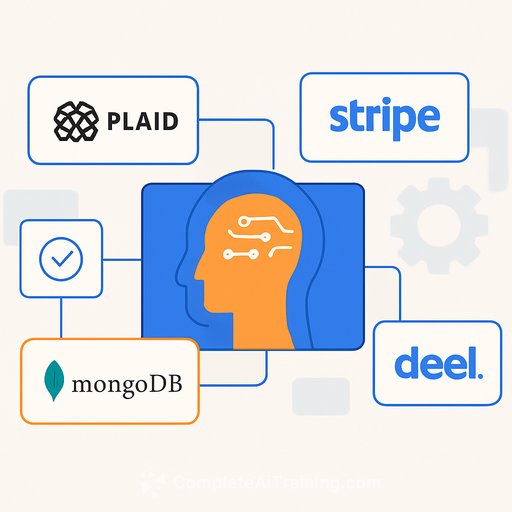The Old Playbook No Longer Works
Online advertising has become the internet’s most expensive guessing game. Brands pour billions into trying to reach the right audience at the right moment, while consumers sift through ever more irrelevant ads cluttering their digital experience. The outcome? Both sides lose. Advertisers waste budget on uninterested viewers, and consumers develop banner blindness to block out the noise.
This inefficiency stems from a core flaw in how digital advertising has operated for years. Traditional targeting depends heavily on past behavior and broad demographic categories—educated guesses based on where someone has been, not where they’re headed.
Understanding Context, Not Just Clicks
For too long, advertisers have worked with a blunt toolkit. Cookies tracked browsing history, algorithms monitored website visits, and suddenly you’d see related ads everywhere—often without any real context or relevance. Someone searching for “best walking shoes for Italy” has very different needs than someone browsing “luxury Italian leather shoes,” yet traditional systems lump both into a vague “shoe shopping” bucket.
Online shopping is rarely straightforward. People browse, compare, research, and frequently abandon searches when their needs aren’t met. Traditional systems fail to distinguish casual browsing from serious buying intent, resulting in poorly timed ads that add to digital noise consumers ignore.
Newer AI approaches are changing this. Instead of just tracking past page visits, advanced systems interpret the full context of what users engage with. For example, someone reading about breathable walking shoes for all-day sightseeing isn’t just shopping for shoes—they want comfort, durability, and extended wear for travel.
AI components like IntentGPT use large language models and deep learning to connect these contextual dots. They move beyond behavioral breadcrumbs to understand the meaning behind user interactions, matching that intent with relevant products. This method has led to a 44% increase in engagement rates.
The technology analyzes the semantic meaning of web content, recognizes user intent in real time, and links that intent to fitting product recommendations. The result is simple: ads that actually relate to what people are trying to achieve.
Why This Matters for Consumers and Brands
For consumers, this shift tackles a real digital wellness problem. The flood of irrelevant ads creates a frustrating experience, training users to ignore marketing altogether. When ads align with actual intent, they become useful information rather than noise.
Consider the impact: someone researching winter coats for a specific climate will see gear suited to their needs, not generic fashion items. A parent searching for educational toys for a certain age group will get relevant suggestions instead of random products. Advertising becomes a helpful service.
For brands, the benefits go beyond higher engagement. Ads reaching genuinely interested audiences improve conversion rates and make marketing budgets more effective. This is a move toward precision targeting based on real consumer needs.
This approach also eases privacy concerns by focusing on context and immediate intent instead of deep behavioral profiles.
Beyond the Guessing Game
The ad industry has more data than ever but still struggles to deliver relevant experiences. More data collection isn’t the answer. The key is better interpretation of what that data means in terms of real human needs.
AI tools like IntentGPT represent a new level in advertising tech. They go beyond pattern matching to grasp user intent, turning promotional content into genuinely useful information instead of just more noise.
As these technologies mature, they could solve one of digital advertising’s costliest problems: bridging the gap between having user data and truly understanding what users want. Early results show we’re moving toward a system where advertising enhances rather than clutters the online experience.
The question now is how quickly the industry will adopt these smarter methods to replace costly guessing with precise, meaningful targeting.
Your membership also unlocks:






